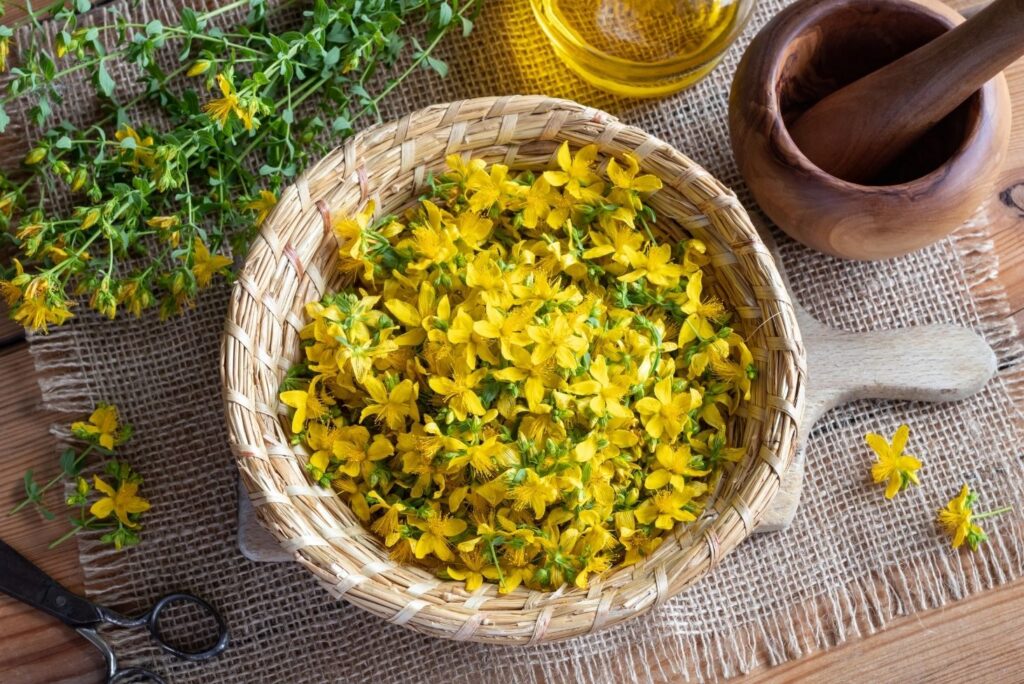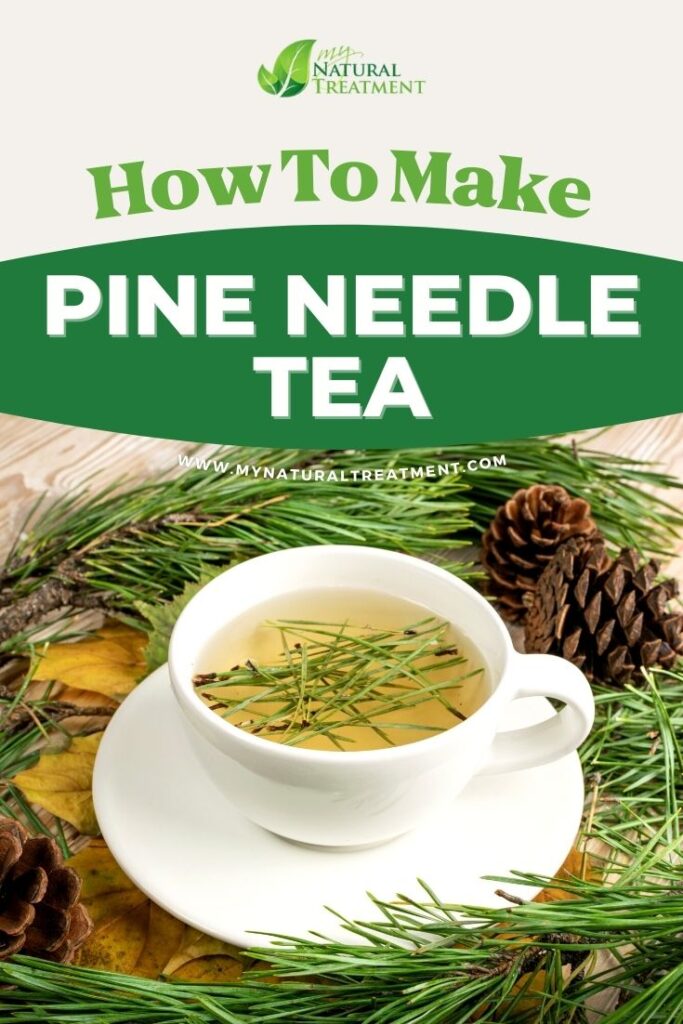Learn what are the highest natural sources of shikimic acid, one of the natural ways to flush out the excess toxins from the body? But first.
In This Article You Will Find:
What is Shikimic Acid
Shikimic acid or shikimate is an important biochemical metabolite, responsible for the biosynthesis of aromatic amino acids (phenylalanine, tyrosine, and tryptophan) in plants and microorganisms, also known as the shikimate pathway. Shikimic acid cannot be synthesized economically and is currently being isolated from Chinese star anise. Before we get to the natural sources of shikimic acid, let’s look into the uses of shikimic acid.

Shikimic Acid Uses
Shikimic acid has powerful anticancer, antiviral, and antibacterial properties, it regenerates tissue, and has anti-blood-clotting, and antithrombotic properties. Yes, not only does it fight viruses and bacteria, but it also prevents and fights blood clots. And here’s why.
Shikimic acid is the starting compound utilized for the manufacture of the antiviral drug oseltamivir (Tamiflu), the first line of defense drug in the event of an influenza pandemic (seasonal influenza virus types A and B, avian influenza virus H5N1, and human influenza virus H1N1). The reason is that this drug effectively inhibits the surface protein neuraminidase (NA) enzyme of the virus.
Neuraminidase is a type of protein found on the surface of influenza viruses that enables the virus to be released from the host cell. Hence, shikimic acid limits the severity and spread of viral infections. A possible explanation is that when the shikimic acid reaches the liver, it turns into a powerful antiviral that is rushed directly into the bloodstream, neutralizing the surface protein.
Now that you know what shikimic acid is and its uses, here are the highest natural sources of shikimic acid.
10 Highest Natural Sources of Shikimic Acid
1. Japanese Star Anise
(Illicium anisatum)
Japanese star anise seeds/fruits contain the highest amount of shikimic acid, that is 24.5% content on a dry basis, followed by Chinese star anise seeds (Illicium verum) with 17.14%. Shikimic acid is also found in high amounts in the bark of the Japanese star anise (397.7μg/g) and in a smaller quantity in its leaves (98.6 μg/g), according to a Japanese study.
Beware! Japanese star anise contains anisatin, a very toxic compound, which is why Japanese star anise is not recommended for consumption!!!
Instead, one can use Chinese star anise to make a tea, extract, or the edible essential oils, which have also shown inhibitory effects against HSV-1, and HSV-2 in vitro. This is one of the highest known natural sources of shikimic acid.

2. Pine Needles
(Pinus sylvestris)
Pine needles are one of the top natural sources of shikimic acid. Especially pine needles from Scots pine, after a 2011 study examining shikimic acid sources from the Altai Mountains region of Russia. The simplest way to enjoy the beneficial action of shikimic acid from pine needles is to steep a pine needle tea, recipe here. Shikimic acid has also been detected in the bark and needles of Japanese red pine (Pinus densiflora), and Japanese black pine (Pinus thunbergii).
3. Arjuna Tree Fruits
(Terminalia arjuna)
With a content of 15.64% of shikimic acid on a dry basis, arjuna tree fruits are one of the highest natural sources of shikimic acid. Shikimic acid was also found in other parts of this tree, but the fruits contained the most quantity. Coincidentally, or not, the bark of the arjuna tree has been used in Ayurvedic medicine for cardiovascular problems, namely angina/myocardial infarction, hypertension, blood clots, etc. To enjoy its benefits, you can take a powder supplement or make an arjuna bark tea.
4. Mastic Tree
(Pistacia lentiscus)
Following closely the arjuna fruits, the mastic tree is another veritable natural source of shikimic acid, with a 13.28% whole plant content on a dry basis. The resin of this tree has been traditionally used in Cyprus to treat gastrointestinal problems, and for natural chewing gum. Indeed, this tree contains one of the highest natural sources of shikimic acid.
Read Also: 7 Powerful Home Remedies from Ancient Greece

5. Golden Currant
(Ribes aureum)
Next up is the golden currant, with a whopping 12.98% of shikimic acid content. This plant has been used by Native Americans since very old times as food but also as medicine for gastritis and diarrhea. The berries of this plant are edible, but bitter, which denotes the rich content of phytonutrients with a potential role in lowering cancer and cardiovascular disease.

6. Common Comfrey
(Symphytum officinalis)
The leaf of comfrey is another notable source of shikimic acid, with a 12.53% content per dry part. Interestingly, topical comfrey preparations are a known remedy in the treatment of pain, inflammation, and swelling of muscles and joints in the case of degenerative arthritis, acute myalgia in the back, sprains, contusions, and strains. This medicinal herb is one of the top natural sources of shikimic acid.
7. Sage-Leaved Alangium
(Alangium salvifollium)
Especially the root of sage-leaved alangium contains high amounts of shikimic acid, namely 11.77% content on a dry basis. This medicinal herb native to India is also known as Ankol in Ayurvedic, where its root has been traditionally used in the treatment of skin cancers in topical applications as well as snake/scorpion bites.
8. Gingko Biloba
The inner bark and leaf of Gingko Biloba contain the highest quantity of shikimic acid when harvested in August. That is 9.79% content of shikimic acid per dry content. This natural medicine has proven efficacy in depression and anxiety, making it one of the best natural alternatives to Prozac. More so, Gingko Biloba improves heart circulation and is used as an alternative treatment for stroke, in addition to being one of the natural sources of shikimic acid.

9. Elecampane
(Inula helenium)
Elecampane is another one of the highest natural sources of shikimic acid, according to a 2011 study. The leaf of this medicinal plant contains 8.35% shikimic acid content. This plant is a natural expectorant, traditionally used in conditions that affect the lungs and the respiratory tract, including asthma, bronchitis, and whooping cough. More so, elecampane is also a natural medicine for intestinal parasites.
10. St. John’s Wort
(Hypericum spp.)
Last but not least (because there are many natural sources of shikimic acid out there), St. John’s wort is one of the highest sources of shikimic acid worth noting. With 8.12% shikimic acid content, this medicinal herb has been used in Europe since medieval times, for a wide array of health problems, from thrombophlebitis and blood clots to fibroids, depression, fatty liver, and many more others.

Food Sources of Shikimic Acid
- Schisandra berry
- Wheatgrass and wheatgrass juice (young blades)
- Sprouted beans – red kidney beans, moth beans, soybeans, mong beans
- Alfalfa sprouts
- Dates
- Carrots & fresh carrot juice
- European pear (Pyrus communis)
- Haritaki fruits (Terminalia chebula)
- Siberian crabapple (Malus baccata)
- Kadsura fruit (Kadsura japonica)
What Depletes Shikimic Acid
Shikimic acid could be a new breakthrough discovery in the world of natural antivirals. However, just like there are medicinal herbs, fruits, and veggies with a high content of shikimic acid, there are also foods that disrupt the shikimic acid in the body and cancel the beneficial effects of this natural compound in the body.
The most shikimic acid-depleting foods, are genetically modified foods (GMOs) and also non-GMO crops where glyphosate is used, that is most conventionally grown crops.
There are so many negative effects that glyphosate (the active ingredient in RoundUp) has on human health that I should write a whole nother article just for that, but I leave a link here for those who want to learn more about it. In short, avoid GMOs (most soy and corn today are GMOs), and produce from conventional agriculture that uses glyphosate. Instead, try to buy from small, local farmers and producers that you can trust, eat as natural and simple as possible, and consider growing your own produce.
We hope that this article has helped you become more informed about where to find the highest natural sources of shikimic acid, one of the simplest natural antivirals out there. If you’ve enjoyed this article, please share it on social media. Stay healthy, naturally!
Share on Pinterest ❤️


